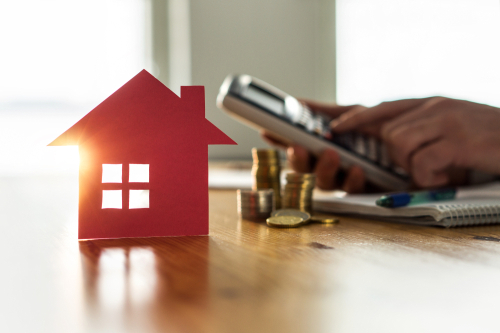
Will house prices keep going up in 2022?
According to the latest figures from Zoopla, the housing market is experiencing strong growth. For the sixth month in a row, asking prices in the UK have continued to increase rising by 0.4% taking the UK average to £369,968.
As we move to the second half of the year, Zoopla has revealed that the market is starting to slow down, and we are seeing less frenzied activity as the cost-of-living crisis trickles through to the property market. Buyer demand has fallen slightly compared to busy market since the property market opened back up in 2020. Supply is improving too, with more people putting their homes on the market compared to the same period a year ago.
This is good news for the property market – not only will you get a good price for your home when selling as prices are still rising, but it means that when you then look to purchase your next home you will have more choice with easing competition for every house listed. Although there is more choice, it is still well below the levels of available property we saw in 2019. However, the property market is moving fastest in Glasgow with the average home only taking 20 days to sell.
The house price gains we saw over the last two years along with increasing interest rates and the rise in the cost of living could mean that house price growth slows down over the second half of this year. Monthly mortgage payments have gone up since December with five interest rate rises and the average income needed to secure a mortgage on a home has also gone up.
This pressure on homebuyer’s budgets and economic constraints mean that it’s those with greater disposable income that are driving activity within the housing market. However, they too are likely to be affected by the economic outlook later this year as fuel bills are set to rise and it is predicted that we will have even more interest rate rises.
Despite this, Zoopla has revealed its house price predictions – anticipating that the average house price will rise by 7% by the end of 2022 which is an amendment from the previous figure of 5%, forecasted at the start of the year.
